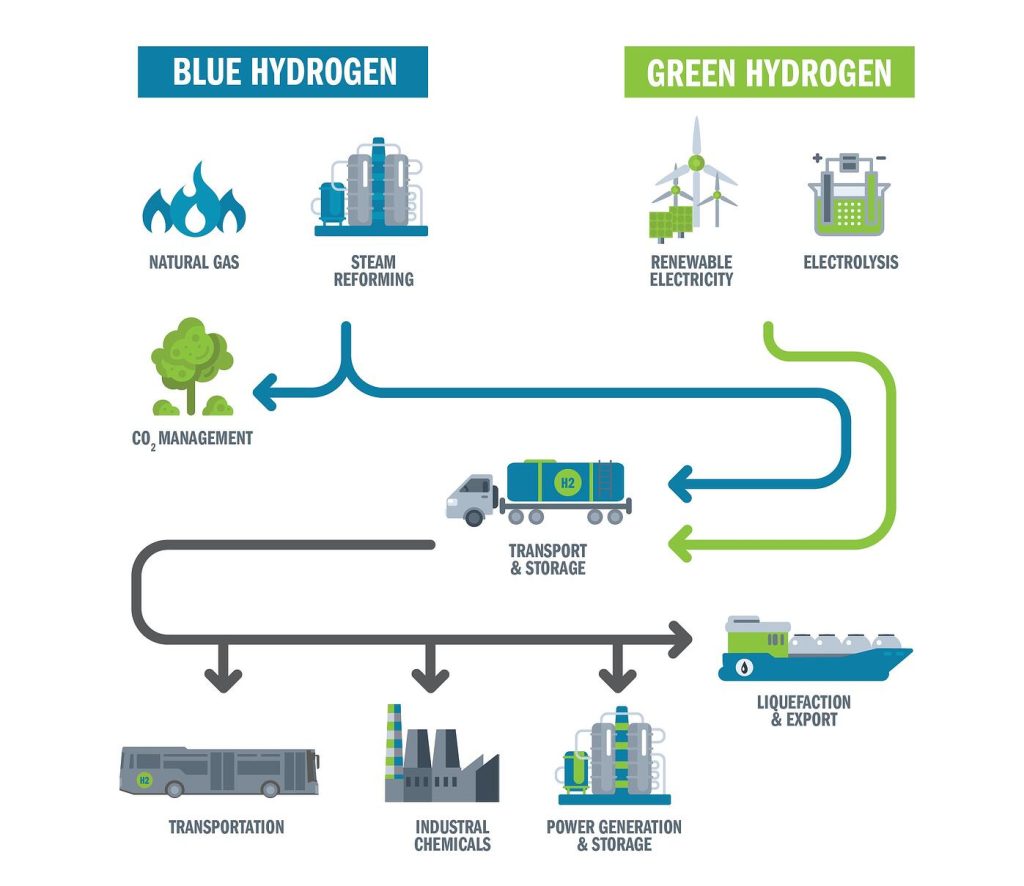Context:
Minister of Petroleum & Natural Gas, highlighted that the Exploration and Production (E&P) sector’s potential for attracting $100 billion investment by 2030.
Key Highlights
- At the inaugural session of the first edition of Urja Varta, The Minister emphasized the E&P sector’s significance in achieving energy independence and economic growth.
- He also emphasized that India has 26 underground areas rich in oil and gas waiting to be explored.
What Is Exploration & Production (E&P)?
- Exploration & production (E&P) is a specific sector within the oil and gas industry linked to the early stage of energy production, which generally involves searching for and extracting oil and gas.
- Currently, only 10% of India’s sedimentary basin area is under exploration.
- This figure is expected to rise to 16% by the end of 2024, following the award of blocks under the forthcoming Open Acreage Licensing Policy (OALP) Rounds.
Urja Varta 2024
- Urja Varta 2024, organized by the Directorate General of Hydrocarbons (DGH), is a two-day conclave aiming to unlock India’s untapped upstream hydrocarbon resources sustainably.
- It serves as a platform for dialogues on the sector’s future, fostering investment, innovation, partnerships, and sustainable growth.
Government Initiatives and Reforms:
- Boosting Exploration: By 2030, India aims to increase its exploration acreage to 1 million sq. km.
- Reduced Restrictions: “No-Go” areas in India’s Exclusive Economic Zone (EEZ) have been reduced by nearly 99%.
- OALP and DSF Policy: Exploration activities are being accelerated through initiatives like the OALP and the Discovered Small Field (DSF) Policy.
OALP empowers investors to choose blocks based on data from the National Data Repository (NDR).
Data-Driven Exploration
- The government is investing Rs. 7,500 crores in acquiring new seismic data, financing stratigraphic wells, and conducting aerial surveys in difficult terrains.
- Geo-scientific data is now accessible from the Kerala–Konkan and Mumbai offshore basins, alongside the Mahanadi and Andaman basins.
- The National Data Repository is being upgraded to a cloud-based system, facilitating instant dissemination of seismic, well, and production data.
Ease of Doing Business
- The approval process has been streamlined, reducing the number of steps from 37 to 18.
- Self-certification is now possible for nine approvals, further simplifying procedures.
- A Joint Working Group (JWG) has been established to address industry concerns.

